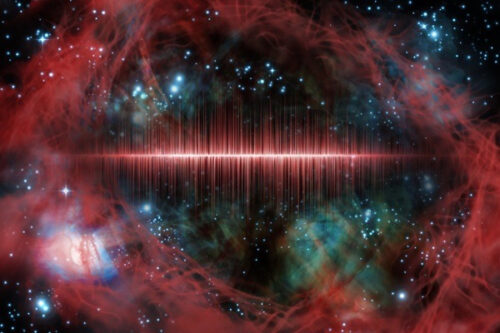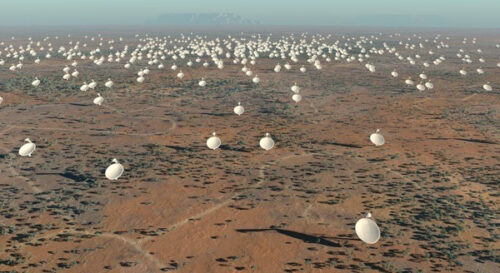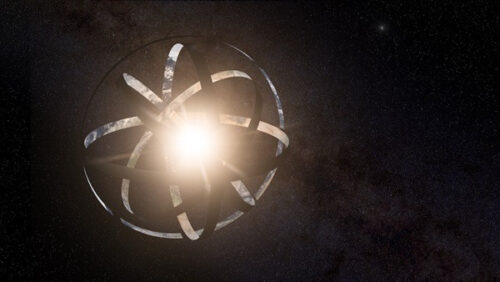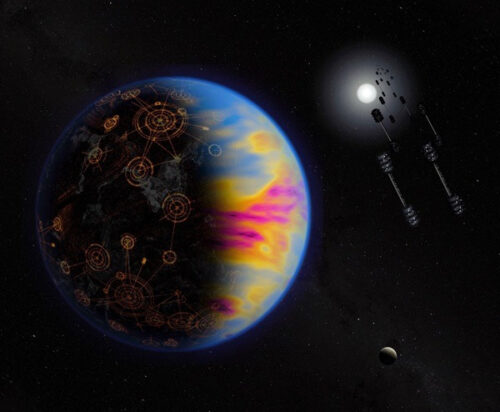
Alien Technology Signatures: Evidence of Extraterrestrial Life
The search for extraterrestrial intelligence (SETI) has been ongoing for more than six decades, with astronomers tirelessly scanning the skies for signs of technosignatures, indications of advanced alien civilizations.
The quest to detect these signals is a complex and nuanced task, requiring astronomers to explore various avenues in their pursuit of identifying evidence of intelligent life beyond Earth.
The journey began in 1959 when astronomers Giuseppe Cocconi and Philip Morrison theorized that radio transmissions from Earth could be detected by radio telescopes at interstellar distances.
Frank Drake furthered the exploration by launching Project Ozma in the same year, pointing a radio telescope at nearby Sun-like stars to detect any potential signals.

The invention of lasers in 1960 expanded the search to include visible light signals from distant planets.
Early efforts focused on intentionally sent, powerful signals designed to be found by other civilizations.
However, as technology advanced, it became apparent that unintentional signals leaking into space from human activities could also serve as technosignatures.
Radio waves emitted by television towers and radio broadcasts on Earth, though not intentionally targeted for extraterrestrial communication, could be detectable from nearby stars.
While intentional radio and laser signals remain popular in SETI strategies, there is ongoing research into the detectability of current emissions from sources like cell towers using modern telescopes.
The upcoming Square Kilometer Array radio telescope is expected to possess greater sensitivity, enabling the detection of even fainter signals.
Beyond radio and laser waves, the search for technosignatures encompasses the detection of megastructures.
Proposed by astronomer Freeman Dyson, these structures would harness a significant portion of a star’s energy and emit heat in the process.

Astronomers aim to detect this excess infrared radiation or observe periodic dips in a star’s brightness caused by large artificial satellites orbiting it.
Pollution is another potential technosignature. Chemical pollutants, such as nitrogen dioxide and chlorofluorocarbons, predominantly result from human industry.
Detecting similar chemical compositions in the atmospheres of exoplanets could indicate the presence of technological civilizations.
Artificial light, heat, and satellite presence are additional signals of interest.
Large optical and infrared telescopes could potentially detect the light and heat emitted by cities and industries, while an unusually high number of satellites in orbit around a planet may suggest advanced technological activity.
While astronomers have yet to confirm any technosignatures, their search continues.
Some support a generalized SETI approach that seeks to explain phenomena beyond current scientific knowledge. Others, including the authors, explore both intentional and unintentional technosignatures.

With the vastness of the Universe and the uncertainties surrounding extraterrestrial technology, the quest to identify the first sign of alien civilizations remains an exciting and ongoing endeavor.
In conclusion, the search for alien technology signatures represents humanity’s quest to uncover evidence of extraterrestrial life.
By exploring various technosignatures, from intentional signals to unintentional leaks and megastructures, astronomers strive to unravel the mysteries of the cosmos and potentially make contact with intelligent civilizations beyond our planet.
